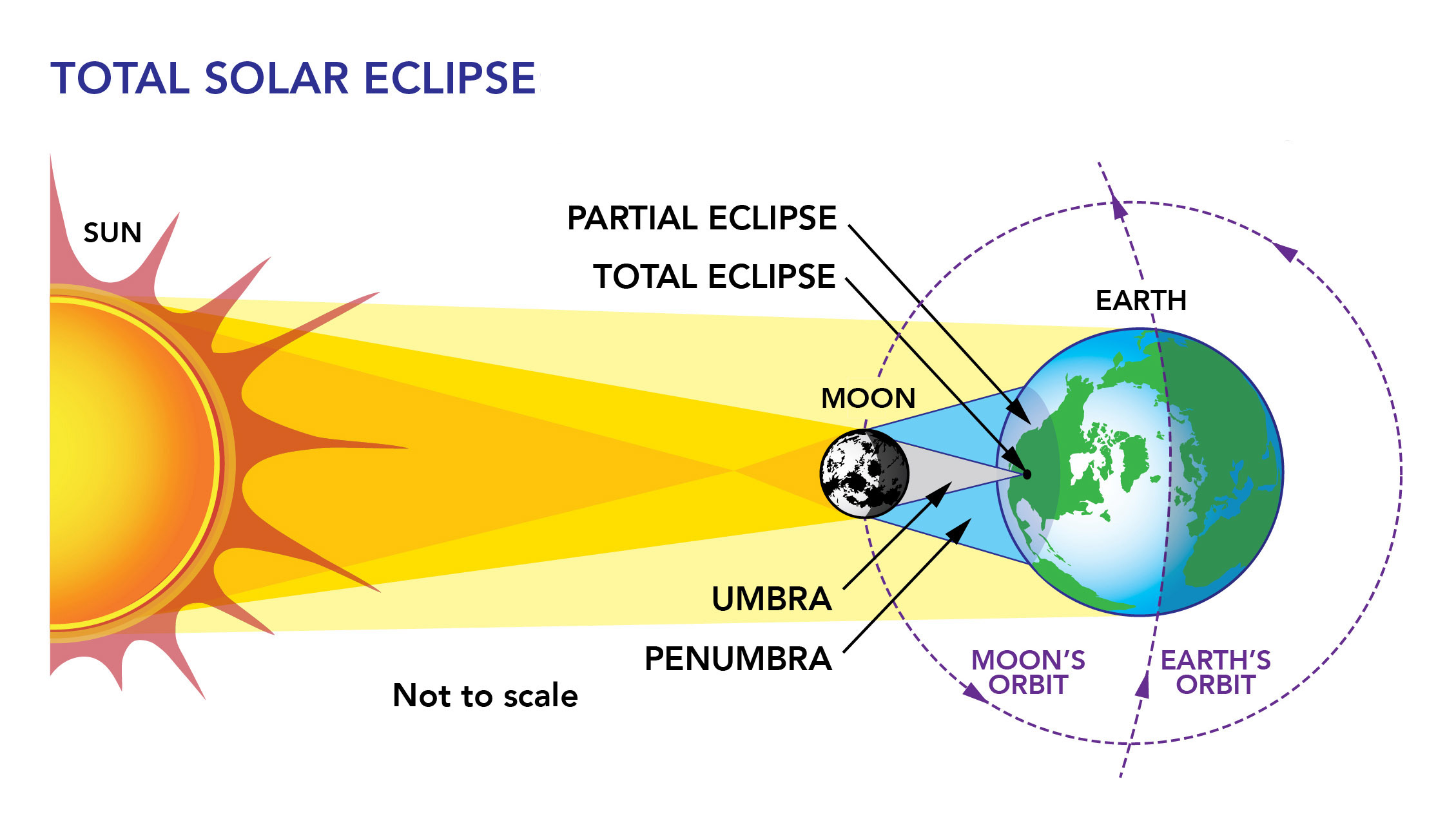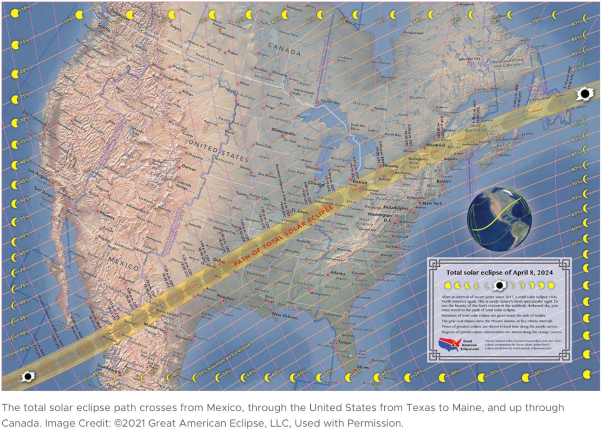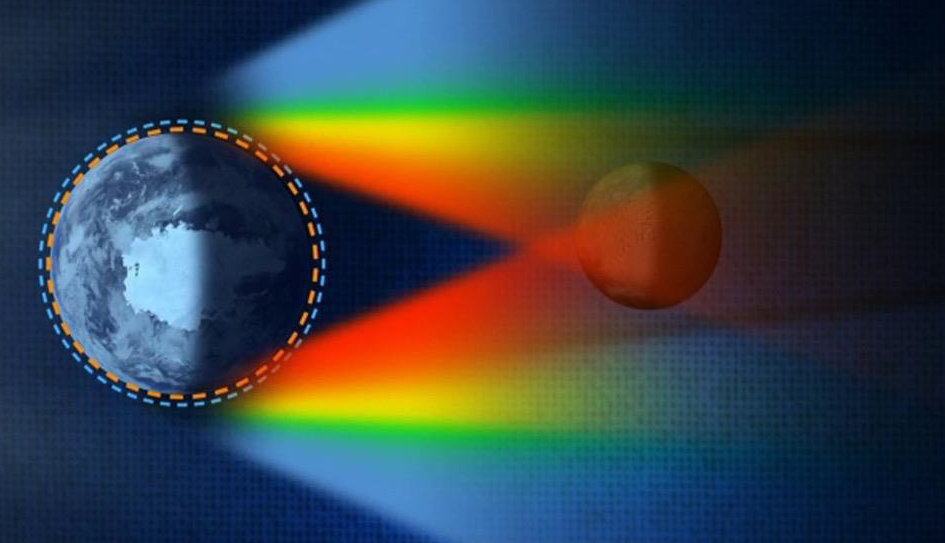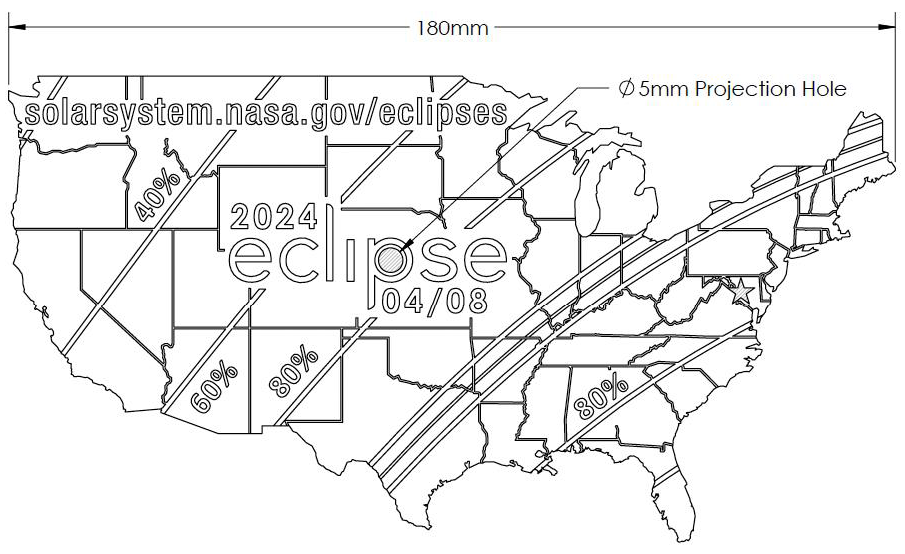Interactive Models
Observing the Sun During a Total Solar Eclipse
Overview
This interactive takes students through the basic mechanics of a solar eclipse, using a NASA Space Place Eclipse Poster, including an optional eclipse art activity.
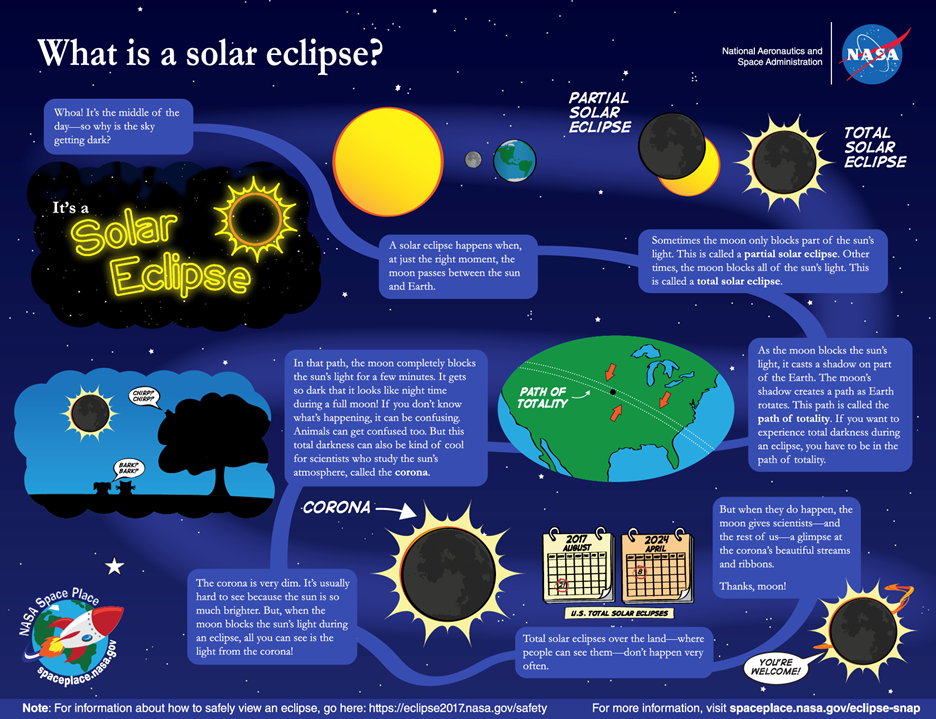
Materials Required
Resources Needed Per Student:
Resources Needed Per Group:
- Computer/Tablet
- Internet Access
- Link to the "Observing the Sun During a Total Solar Eclipse" Interactive Slide Deck - Link
Directions
Remember to never look directly at the Sun without proper safety equipment.
Use the slide deck to complete the activity.
- Open the "Observing the Sun During a Total Solar Eclipse" Interactive Slide Deck.
- Use the slides in edit mode in order to manipulate the slides.
- Create your own eclipse drawing using instructions from the slide deck.
Teacher Note
Teachers who are interested in receiving the answer key, please complete the Teacher Key Request and Verification Form. We verify that requestors are teachers prior to sending access to the answer keys as we’ve had many students try to pass as teachers to gain access.

Disciplinary Core Ideas:
- PS2A: Forces and Motion
- PS4A: Wave Properties
- ESS1A: The Universe and its Stars
- ESS1B: Earth and the Solar System
Crosscutting Concepts:
- Scale, Proportion, and Quantity
- Systems and System Models
Science and Engineering Practices:
- Developing and Using Models
- Students will be able to identify what scientists learn about the Sun from viewing a total solar eclipse.
- What is a solar eclipse?
- What is the difference between a partial and total solar eclipse?
- Why do scientist study solar the Sun during solar eclipses?
- Internet Required
- One-to-a-Group


